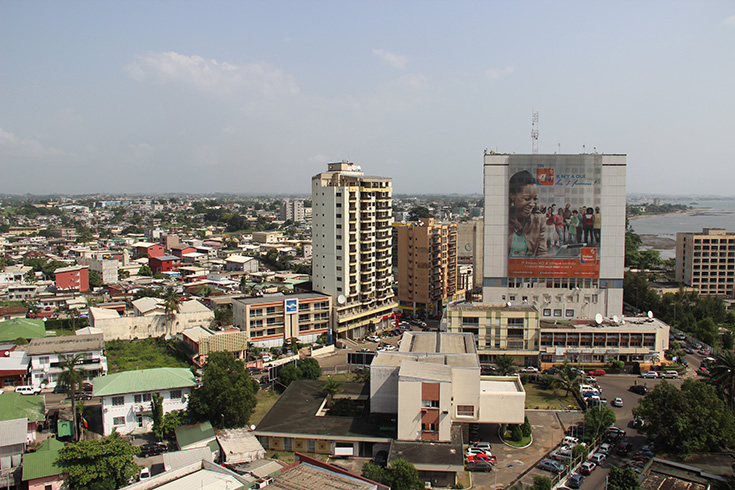LIBREVILLE, December 17, 2015 – The first edition of the Gabon Economic Update considers the establishment of a social safety net system that could offer protection to the poorest Gabonese, helping them cope with economic instability.
Since 2013, the growth rate has steadily fallen from 5.6% in 2013, to 4.3% in 2014, and then to 4.1% in 2015, due to the country’s heavy reliance on oil production and exports.
The report entitled “Protecting the Poor Despite Slower Growth” reveals that the decline in oil prices has led to a contraction in public investment and the labor market. The private sector shed at least 4,000 jobs (6% of the workforce) in 2014. Construction activities were the hardest hit, posting a 15% decline in its labor force compared to 2013.
Despite a wealth of natural resources and average per capita income of $10,660 in 2014, a large segment of the population earns low wages or is unemployed. These individuals have no buffer against external shocks such as a decline in oil prices and, for this reason, need to be protected.
In the past few years, the Gabonese government took steps to institute a social safety net system, which is not yet operational. Through its human investment strategy, launched in December 2013, Gabon is trying to offer protection to the most vulnerable, which consists of more than 95,000 households. The system plans to implement cash transfers and income-generating activities.
In order to get this system up and running, Gabon will have to undertake a more in-depth analysis of poverty and vulnerability, conduct an institutional audit of the system, draft a deployment plan, and then pilot it.
In addition to an analysis of socioeconomic conditions, the publication also highlights the following economic developments:
- Negative growth in the buildings and public works sector was offset by higher-than-expected growth in the extractive industries sector and by the expansion of the services sector. Oil and manganese production increased by 6.6% and 6%, respectively, at the end of the first six-month period of 2015.
- Although the services sector posted a slight decline, it remained the main engine of growth in 2014, accounting for a 3.5 percentage point growth, led by the telecommunications and transport sectors.
- The non-oil industries sector also contracted. This sector’s industries, which are largely oriented toward the domestic market (mining, manufacturing, wood processing, electricity, water, and refining), are limited by the size of the economy and impacted by the decline in activity in the buildings and public works sector.
- Growth in the agricultural sector, however, rose by close to 7%, as a result of the emergency plan for food security, which focuses on the promotion of agricultural and livestock products (cassava, bananas, rice, vegetables, poultry, and pork) and programs aimed at orchard development. Despite these gains, the sector remains underdeveloped.
- The poverty rate in Gabon, which includes those living on less than $3.00 per day, stood at roughly 22.7% of the population in 2014. If growth turns out to be lower than projected in the medium term, it is unlikely that this rate will fall.
The Gabon Economic Update, published annually by the World Bank, focuses on the country’s recent economic developments. Each edition is devoted to a specific topic and aims to foster discussion amongst those seeking to improve Gabon’s economic trajectory.
